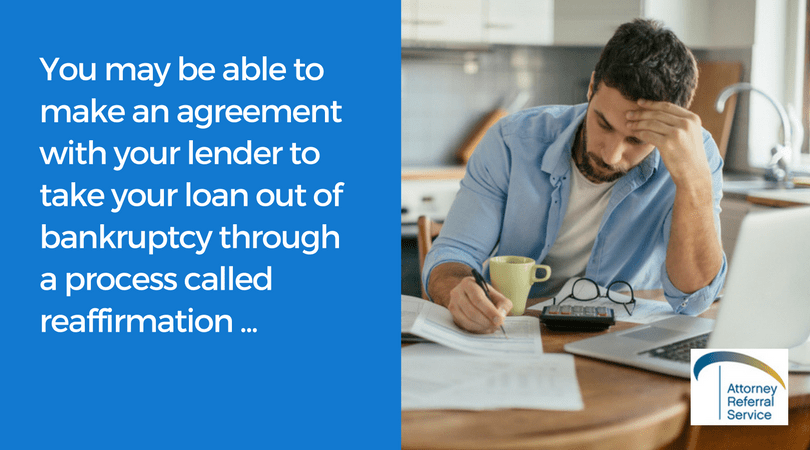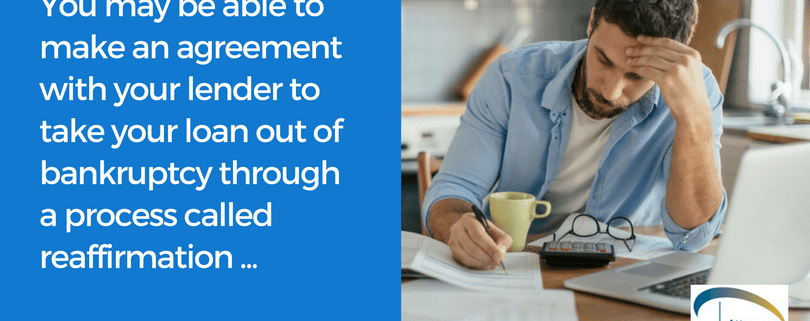What Does It Mean to Declare Bankruptcy Anyway?

If you’re struggling to pay your debts, you may be considering the advantages of filing bankruptcy.
So, what does it mean to declare bankruptcy anyway?
Bankruptcy is a legal proceeding involving an individual or business that is unable to repay outstanding debts. Bankruptcy offers an individual or business a chance to start over by having debts forgiven – those debts that just can’t be paid.
Bankruptcy helps creditors by giving them some repayment of what is owed them, based on the business assets of the individual or business – those assets that can be evaluated and liquidated.
So bankruptcy helps both debtor and creditor.
Let’s take a closer look …
What does it mean to declare bankruptcy?
It gives debtors a second chance at consumer credit, and it gives creditors some repayment of the debt. On successful completion of the bankruptcy process, the debtor is relieved of the debt obligations that were filed.
In most cases, the debtor begins a bankruptcy proceeding with an attorney by filing a petition on behalf of himself. In some cases, the debtor files on behalf of all debtors. In either case, all of the debtor’s assets are evaluated, and these assets may be used to repay all or a portion of the outstanding debt.
“Bankruptcy” is a term for the federal court procedure that helps individual consumers and business people, as well as business organizations, get out of debt while paying creditors what they can. Bankruptcies can be categorized into two general types: “liquidations” and “reorganizations.”
In the United States, there are several kinds of bankruptcy filings, each classified by a code. Chapter 7 is the code dealing with the liquidation of assets. Chapter 11 covers individual or company reorganizations. Chapter 13 deals with debt repayment with lowered debt agreements or some kind of payment plans. Chapter 12 is similar to Chapter 13 except it applies only to those who have at least 80% of their debts due to a family farm.
Rules for filing bankruptcies and associated fees differ from state to state, depending on complexity.
Here’s a look at three of the most common types of bankruptcies …
Chapter 7 bankruptcy
Chapter 7 is for individuals with no or few assets. Their current debts may be secured (those guaranteed by collateral) or unsecured. Unsecured debts could include medical bills or credit cards, and these are the debts that are forgiven.
Assets can be exempt or non-exempt. Those that are exempt, like household furniture, tools needed for a trade, clothes, and personal vehicle up to a limit – are not subject to being liquidated and do not have to be used for repayment of debt.
Non-exempt assets do have to be liquidated for all or partial repayment of debt. These can include cash, stocks, bonds, second car or second home, jewelry, coin and stamp collections, etc.
In a Chapter 7 proceeding, the debtor must decide whether to keep making payments to creditors, pay creditors an amount equal to what is owed, or allow creditors to repossess the assets to secure the loans.
While many exempt assets can be forgiven, there may be some that will remain after Chapter 7. These would include items like taxes owed, alimony and child support.
A Chapter 7 proceeding usually takes three to six months.
Most Chapter 7 cases have been discharged successfully, and the individual was no longer required to pay the debt. In 2016, the National Bankruptcy Institute (NBI) found that this was true in 95% of the cases studied.
Chapter 11 bankruptcy
Usually, it’s businesses, not individuals that file for Chapter 11 bankruptcy, although it is possible for individuals to do so. Chapter 11 enables businesses to reorganize, perhaps change product or pricing plans, or modify operational procedures, in order to get their affairs in order and pay off their debts.
A business might increase its product line or services or increase its rates to improve revenues and thus allow it to better pay its creditors. The company continues its operations uninterrupted while working on a plan to repay its creditors – with the court’s oversee.
An individual can apply for Chapter 11 if he or she owns a lot of non-exempt property like several homes or apartment buildings. But the process here is more expensive than Chapter 13.
Chapter 13 bankruptcy
As mentioned above, Chapter 7 is designed for people with little or no assets. For those with a living wage who do have cash assets and possibly other assets, Chapter 13 may be the way to go. An attorney can tell you which code is best for you – Chapter 7 or Chapter 13.
Chapter 13 enables individuals and businesses to establish repayment plans, acceptable to creditors, and the court allows the debtor to keep all properties including non-exempt.
Only people with an established income are eligible to file for Chapter 13.
Chapter 13 courts work with debtors to establish a repayment plan and require the debtors to maintain the plan over a three-to-five year period. The amount to be repaid depends on several factors including existing income, how much debt is owed, and how much creditors would have received as a result of your filing under Chapter 7 instead of Chapter 13.
There are limits on filing for Chapter 13, and the debtor must show that he or she is under those limits when filing. In 2009, the limit on unsecured debt was $336,900. The limit on secured debt was $1,010,650. If a debtor has more debt than either of these limits, he cannot apply for Chapter 13 bankruptcy protection.
Chapter 13 does allow the repaying of secured debts, even if the debtor is behind on the payments. In such instances, past due payments are included in the new repayment plan. The court will not require repossession of the property that secures the debt. The repayment is usually done over a period of years.
Consequences of filing for bankruptcy
Filing for bankruptcy has its advantages as noted above.
The debt is discharged where permitted. And there is an “automatic stay” put in place that prevents creditors from any further action on collecting the debt including sending you letters, calling you, or similar actions.
However, there are negative consequences as well. For example, if a bank has a lien on your home, the lien will remain after bankruptcy. You will still be subject to foreclosure if you default on that loan.
You may be able to make an agreement with your lender to take your loan out of bankruptcy through a process called reaffirmation. But you would still have to continue making payments.
Another negative consequence is the loss of privacy. Any personal financial information filed becomes accessible by the public. This factor alone sometimes dissuades debtors from filing for bankruptcy and has to be weighed against the benefits.
A credit score is affected by filing for bankruptcy, and the effect can be both negative and positive. It’s negative in the short-term, and credit scores take a real dive. But bankruptcy provides a way to meet financial obligations in a responsible way going forward, perhaps more so than before filing. In the long run, credit scores can be rebuilt to levels higher than before filing.
If you are considering bankruptcy at all, it is wise to consult a bankruptcy attorney who can advise you on the current asset rules and restrictions as well as state regulations in your area.
Are you in search for a certified attorney to represent you?
Let us help you find one today!



